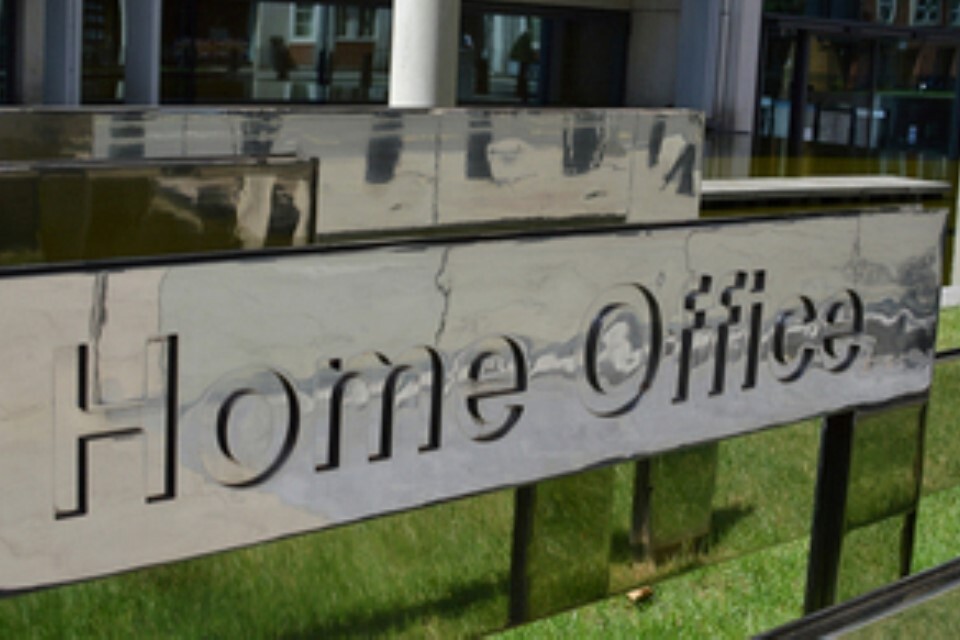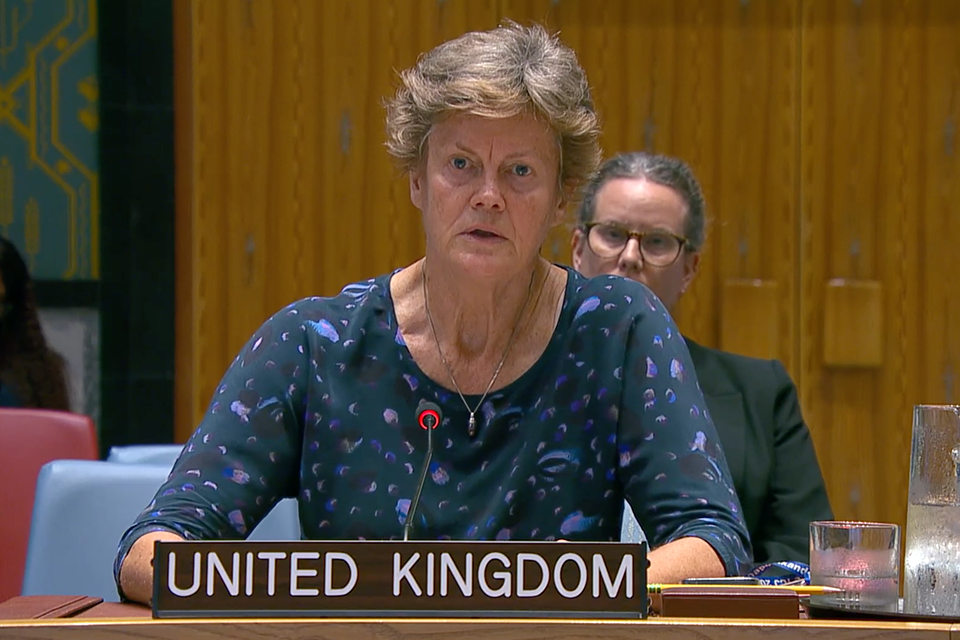Key messages
- HM Land Registry is doing all it can to improve quality and increase the speed of service for customers, investing in people, skills and technology.
- Every year, HM Land Registry sends around 800,000 requests for more information or clarification to applicants, a significant proportion of which could readily be avoided before sending the application.
- HM Land Registry is sending new data to customers on the percentage of applications that contain these readily avoidable ‘requisitions’, such as name discrepancies, missing documents and witness details.
- The investment in HM Land Registry’s staff, technology, and training for customers has seen avoidable requisitions decline, but they are still making things harder for law firms than they need be.
- When looked at by firm, the percentage of applications with avoidable requisitions varies from 0% to 24%.
- HM Land Registry offers free live and self-service training on how to get applications right first time and has trained 5,000 people in law firms over the past 6 months alone.
- HM Land Registry is developing its own processes and systems to help customers, focussing on only raising a requisition when necessary and automatically validating some information as the application is being drafted.
HM Land Registry is doing all it can to improve the service for customers. Its first priority is to increase the speed of service.
The organisation has focussed on having the right numbers of people with the right skills to process cases – and turnaround times are coming down, as Chief Executive and Chief Land Registrar Simon Hayes reported in his recent email to customers and a blog.
Additionally, HM Land Registry is continually seeking ways to make its processes easier for customers. The aim is for registrations to be processed first time, without the need for clarification or further information to support the application (called a ‘requisition’).
In response to customer feedback, HM Land Registry is now sending data to customers on the percentage of their applications where these requisitions could be avoided before the application is submitted.
In autumn this year, HM Land Registry will publish this data on avoidable requisitions. This will bring greater clarity to the data on overall requisition rates which is already published.
Not only have customers been asking for this data, the move is also supported by trade bodies and industry and aligns with the Government’s priorities for HM Land Registry, set out in Housing Minister Matthew Pennycook’s letter of 4 February.
According to HM Land Registry researchers, requisitions cost the sector an estimated £19m a year. They also delay application processing which in turn reduce the speed of registration.
Last year, the Council for Licensed Conveyancers (CLC) highlighted concerns about the quality of applications in its risk agenda report, while the Society of Licensed Conveyancers (SLC) also drew attention to the benefits of right first time applications and urged the sector to “give this important aspect of our work the attention and resource that it deserves” in a statement published last November.
Welcoming the added support for customers, the CLC’s Chief Executive, Sheila Kumar, said
Good quality title applications are the culmination of the conveyancing process and are the final, vital step to ensure that the interests of buyers and lenders are protected, so this is an area of focus for the CLC.
Many conveyancing practices are doing a great job and we have seen others make recent progress too, so we know there is scope for practices that are not performing as well to improve. We are already using data from HM Land Registry as part of our risk profiling of individual practices and we expect conveyancers to make use of this data and the training available from HM Land Registry to improve their services.
Paul Philip, Chief Executive of the Solicitors Regulation Authority, said
The public need easy-to-access relevant information to help them shop around for legal services. The more useful and accurate information that is available, across a range of potential indicators on quality or cost, the better for consumers to be able to choose the right service for them.
Many firms are already making positive changes through training, new systems and using HM Land Registry services. Case studies from Enact, Simply Conveyancing, Harrison Clark Rickerbys and Blake Morgan showcase effective approaches.
Ahead of publication in six months’ time, HM Land Registry has revamped its customer training hub to ensure everyone has access to all the tools and guidance they might need, starting with a new page on GOV.UK. Tackling avoidable requisitions provides links to training, tools, tips and guidance on all 32 ‘avoidable requisitions’ in one place.
Customers are also urged to take advantage of HMR’s free workshops, which take a close look at the top five avoidable requisitions and how to reduce them, as well as offering a live Q&A with expert caseworkers. Details are available on HM Land Registry’s training hub on GOV.UK.




